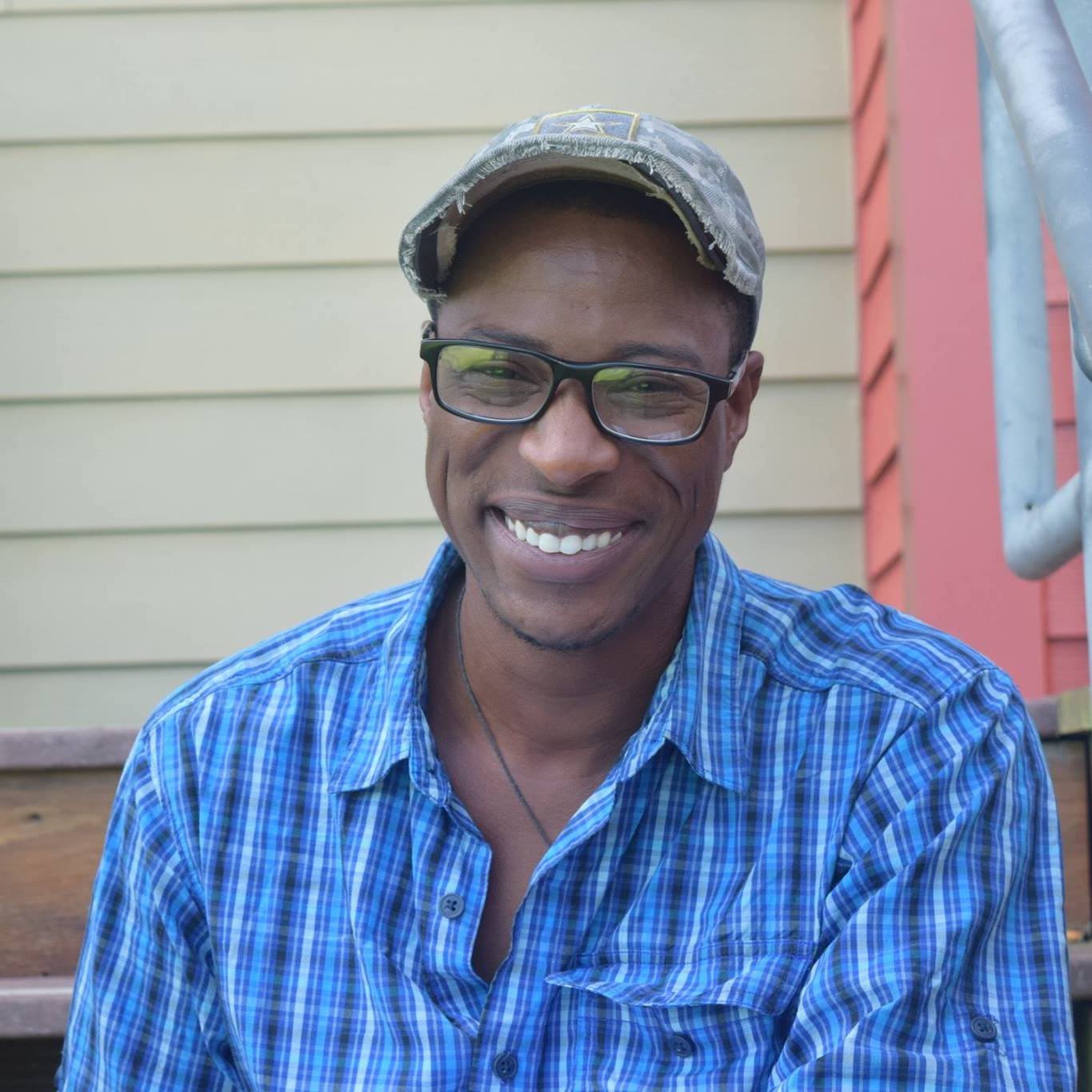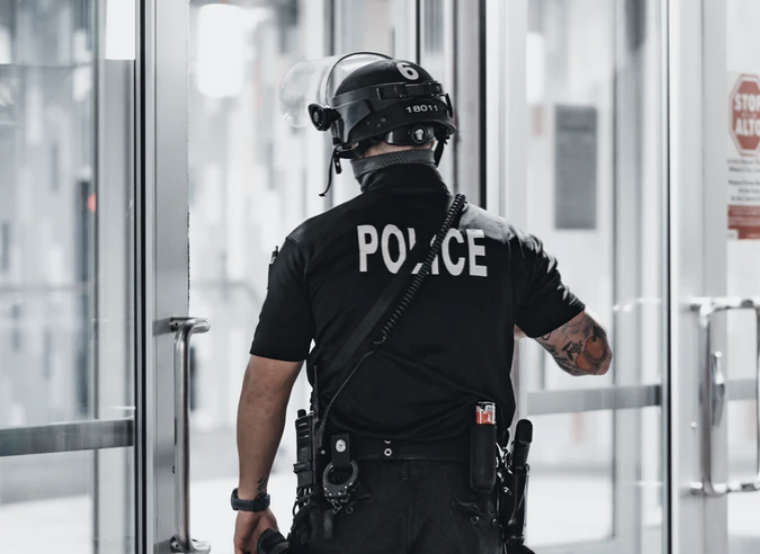Who gets to be welcomed close, to our sacred Jewish spaces? And who is suspect? This is another dimension of proximity that has long been an issue but surfaced acutely and in different kinds of painful ways over the last few years.
For many, the concept of safety and security seems like a no-brainer. Without question, every person deserves to feel safe shopping for groceries, in the classroom, or while attending a holiday parade. Unfortunately, we live in a time when none of this is guaranteed. Securing our houses of worship presents a different type of challenge. In recent years, many have noted that the visible presence of law enforcement may make some in our Jewish community feel secure, while for others it is anxiety-inducing. How do we address the real threat posed by antisemitism and acolytes of replacement theory, while also creating a sense of belonging for the full breadth of our Jewish community?
I find my work as the Director of Community Safety and Belonging on the JEDI team at the Jewish Federations of North America as being at the nexus of this issue. The JEDI (Jewish Equity, Diversity, and Inclusion) Initiative aims to create a culture of belonging for all Jews and their loved ones while building bridges across socially and culturally diverse communities including areas of race, gender, LGBTQ+, faith, religious affiliation, and disabilities. In my role, I apply eight years of Army law enforcement experience with my experiences as a Black Jewish man to inform security strategies to ensure all Jews feel a sense of belonging when they enter Jewish communal and institutional spaces.
Make no mistake, security is important, but we must update our security practices to reflect our communal demographics. This is hard work. To move away from typecasting people based on their skin color or ethnic background requires the internal and individual work of addressing implicit bias. The deeper level of scrutiny Jews of Color face upon entering our religious spaces is disproportionate to the number of Jews of Color that have perpetrated attacks on the Jewish community. (If you were wondering, there haven’t been any.)
Earlier this week I was speaking with someone about this topic. I explained that there are ways to make our Jewish communal and institutional spaces hard targets. A hard target is a term we use in law enforcement to describe a place or event that dissuades a potential suspect from attacking by having enhanced defense mechanisms. In turn, a soft target is one that is highly vulnerable to attack. Something as simple as asking everyone – and I mean every single person – to present their ID upon entrance to shul will dissuade someone intent on doing harm from choosing that location.
In our conversation, we were discussing the massacre at the Highland Park Fourth of July parade and the possibility that the perpetrator entered a synagogue earlier this year. In one account he was questioned by synagogue security and turned away, and in another account after questioning him he was allowed to stay but was under observation by security until he left on his own. As we discussed the types of questions that may have been asked, I rattled off about four questions that I’m asked any time I enter a synagogue in the United States. To which the person I was speaking with responded that she had never been asked any of the questions before. What this told me was that by being an Ashkenazi cisgender woman, our systems and structures let her know she belonged as opposed to my experience of my belongingness being debatable.
As leaders, we are faced with the real challenge of addressing security in our communities, whether we are law enforcement experts or not. This is a task that will require adaptive leadership in all its forms. How we address the issue of who belongs will have a broader impact on the strength of our Jewish community. Jews who are cast as being on the margins often have the most to offer to the Jewish community, but may choose to contribute their gifts to communities associated with other parts of their identity. This is a loss for us all. While I don’t have an “on one foot” solution to this problem, an important step in the right direction is to think deeper about who belongs in our Jewish communal spaces and how we communicate that they belong. This applies to both the Jew on the margins and Jews who are granted the assumptive privilege of belonging.

Headshot taken by Yavilah McCoy.
Featured photo by LOGAN WEAVER | @LGNWVR on Unsplash
Get To Know The Author
WFF Nate Looney (Class 5) is the Director of Community Safety and Belonging for the Jewish Federations of North America.

